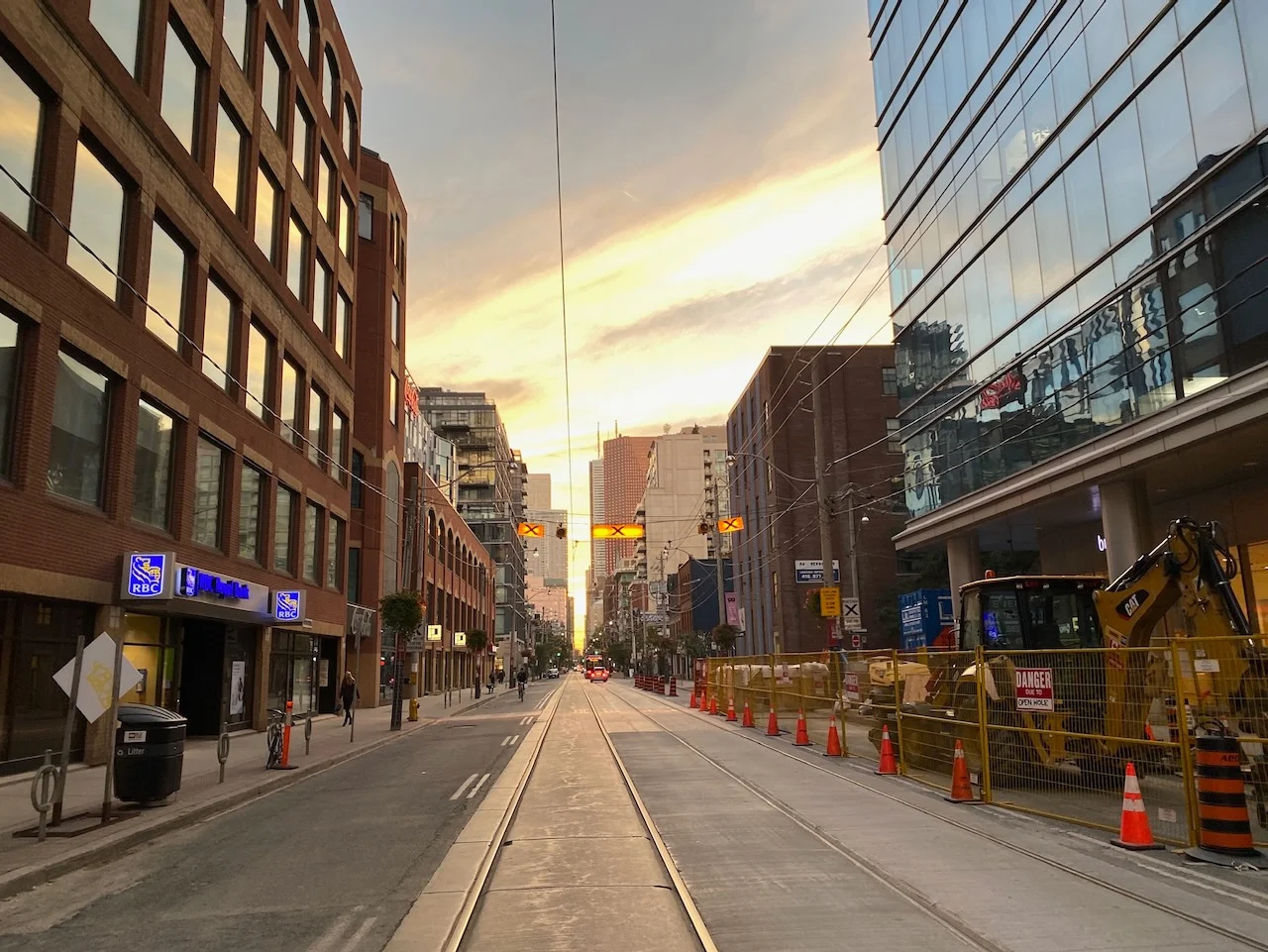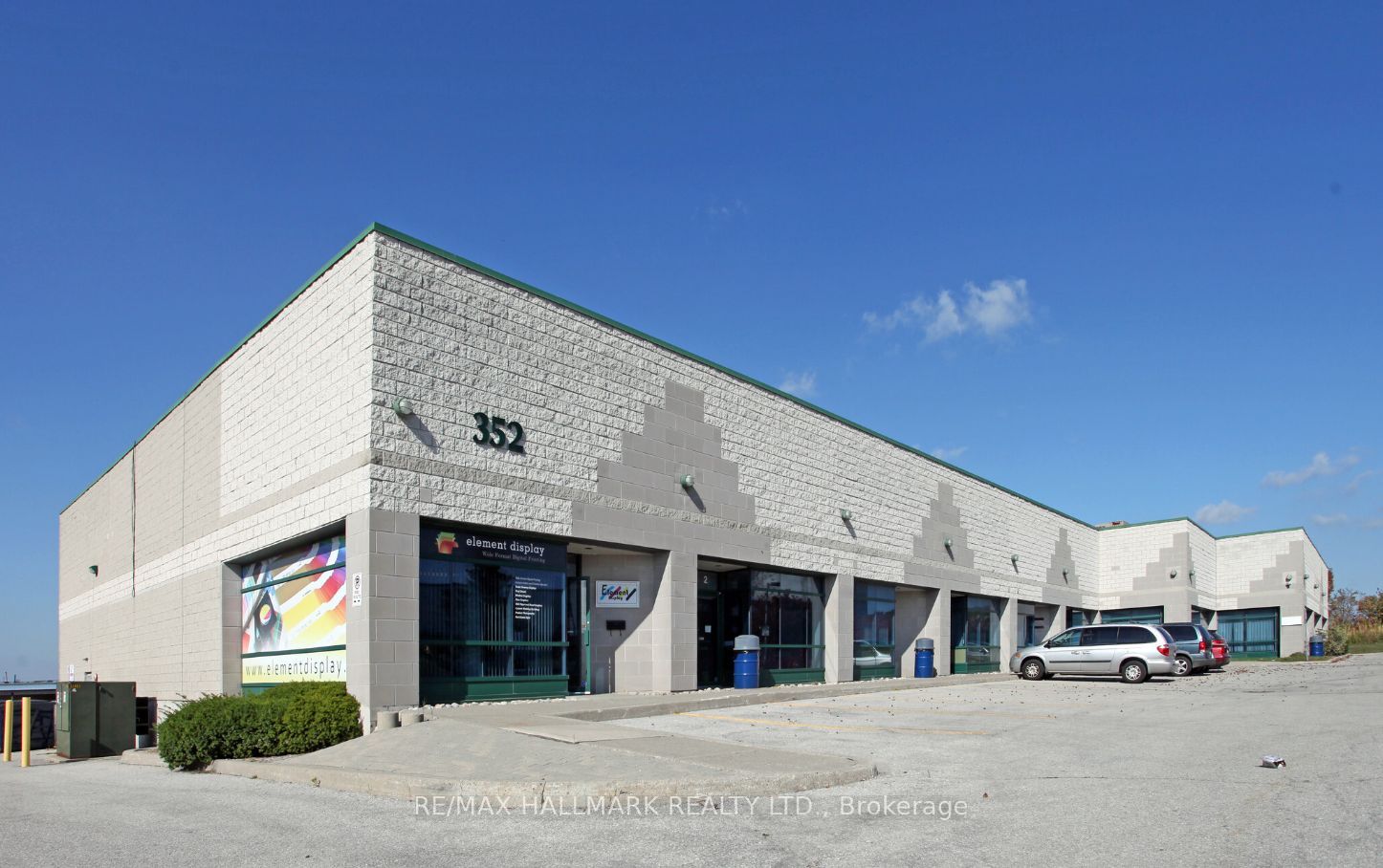Toronto Retail Seeing Increasingly Robust Leasing Activity as Workers Return to Offices [Report]

Toronto Retail Seeing Increasingly Robust Leasing Activity as Workers Return to Offices [Report]
A retail report by commercial real estate firm JLL says retail leasing activity in Toronto should remain robust after a strong push in the second quarter of this year.
Both enclosed and open-air Toronto retail properties have attracted new concepts, with a special attention from first-to-market. Combining a dip in Q1 and the subsequent rebound in Q2, on balance the first half of the year remained on par with the first halves of 2021 and 2019, it said.
“Foot traffic is catching up, interest in in-store purchases remains high, and pent-up demand for travel and services is leading to new openings, especially restaurants. Many retailers and food-services operators have concluded that this is a window of opportunity they shouldn’t miss, and some are willing to absorb the current high construction costs ‒ even building entirely new spaces ‒ in order to capitalize,” said JLL.
“Increasing demand for retail space, fewer available spaces, and rising inflation and interest rates are among the primary contributors to the acceleration of rents in Q2. Rates went up by seven per cent year-over-year, which is in sync with the current inflation rate in Canada.
“On the supply side, overall retail inventory is expected to remain constrained as construction activity fell over the past few quarters and fewer deliveries are anticipated. Investment in retail construction has consistently contracted while investment in warehouses has accelerated. More recently, investment to build hotels and restaurants has rebounded.”
Paul Ferreira, Senior Vice President of Retail with JLL, said all signs for the most part indicate things are improving from retail sales, retail traffic, and rents stable or going up.
“I think all the metrics we would typically look at for how things are going with retail and retail real estate are improving coming out of the pandemic. The area of concern I would still have is traffic and footfall in the downtown urban core as most employers are still waiting out to see what the ultimate workplace presence ends up being in our downtowns,” he said.
The number of employees returning to the downtown core has gradually improved since February, and office occupancy should surpass 30 per cent before the fall, explained the JLL report, adding that a recent study from the University of California shows that this past spring Canadian downtowns lagged most U.S. downtowns in terms of economic and social activity (as measured by mobile phone data). Toronto and Montreal downtowns had similar rankings.
“As the number of COVID-19 infections in Ontario peaks and trends down, it’s less likely that the seventh wave will derail the momentum, prompt a stiffening of measures, or slow business activity again. Toronto’s public transit ridership continues to recover. Toronto Transit Commission (TTC) ridership reached 57 percent of pre-COVID levels in late June, from 34 percent in the beginning of February. With the resumption of in-person classes in the fall and more workers returning to the office, ridership should continue to make significant progress,” said JLL.
“TTC forecasts that overall ridership will approach pre- pandemic levels by the end of 2023, with the complete return of students and resumption of discretionary travel, but a significant gap from office workers. The return of office workers will be continual and gradual, as major employers have announced the transition to return-to-work using a hybrid working model.”
Ferreira said the hybrid work arrangement is likely here to stay.
“What we’re seeing in downtown Toronto I’d say in the last number of weeks the presence in downtown Toronto is greater than I’ve seen it through the pandemic, since the pandemic started. The GO trains are all busier. Transit, subway, when you talk to people who are taking it seems to be full again at rush hours. But it’s not consistent on the days,” he said. “Everybody seems to be focused on the Tuesday, Wednesday, Thursday. So what does that mean for the retail and the businesses in our downtowns?”
JLL said retail sales in Toronto have been increasing since January (based on seasonally-adjusted numbers), despite Omicron. For the remainder of the year, sales should remain robust. Businesses and consumers are fairly confident about shopping due to the ongoing post-pandemic rebound, and this should last for some time.
“There have been several major retail events in downtown Toronto this year. First, IKEA opened its first urban format in Canada on Yonge Street, backfilling Bed Bath & Beyond. Second, the renovation of Union Station is near completion, and retail spaces there are in process of being occupied by several brands including Sephora and Decathlon. Third, The Well mixed-use development is set to open its retail component in early 2023,” said JLL.
“In addition, several international concepts plan to open their first location in the market. Recently, U.S. fitness Alo Yoga, Spanish fashion Mango, and Brazilian steakhouse Fogo de Chão have indicated Toronto as one of their key markets. After being largely closed during the pandemic for more than six months altogether, shopping malls are now able to breathe and operate under more normal conditions. Some days of the week are recovering faster than others. Overall, sales and foot traffic will continue to recover and approach pre-pandemic levels by the end of 2022.
“Over the long term, asset-management teams have accelerated densification plans to turn malls into mixed-use developments. Several malls have made their plans public and started to execute them.
Toronto malls have seen vacancy rates decline as more retailers feel compelled to expand in enclosed spaces. Shopper hesitancy has decreased, and masking is no longer mandatory. EV, athletic, and luxury have notably expanded across the major malls.”
Source Retail Insider. Click here to read a full story









